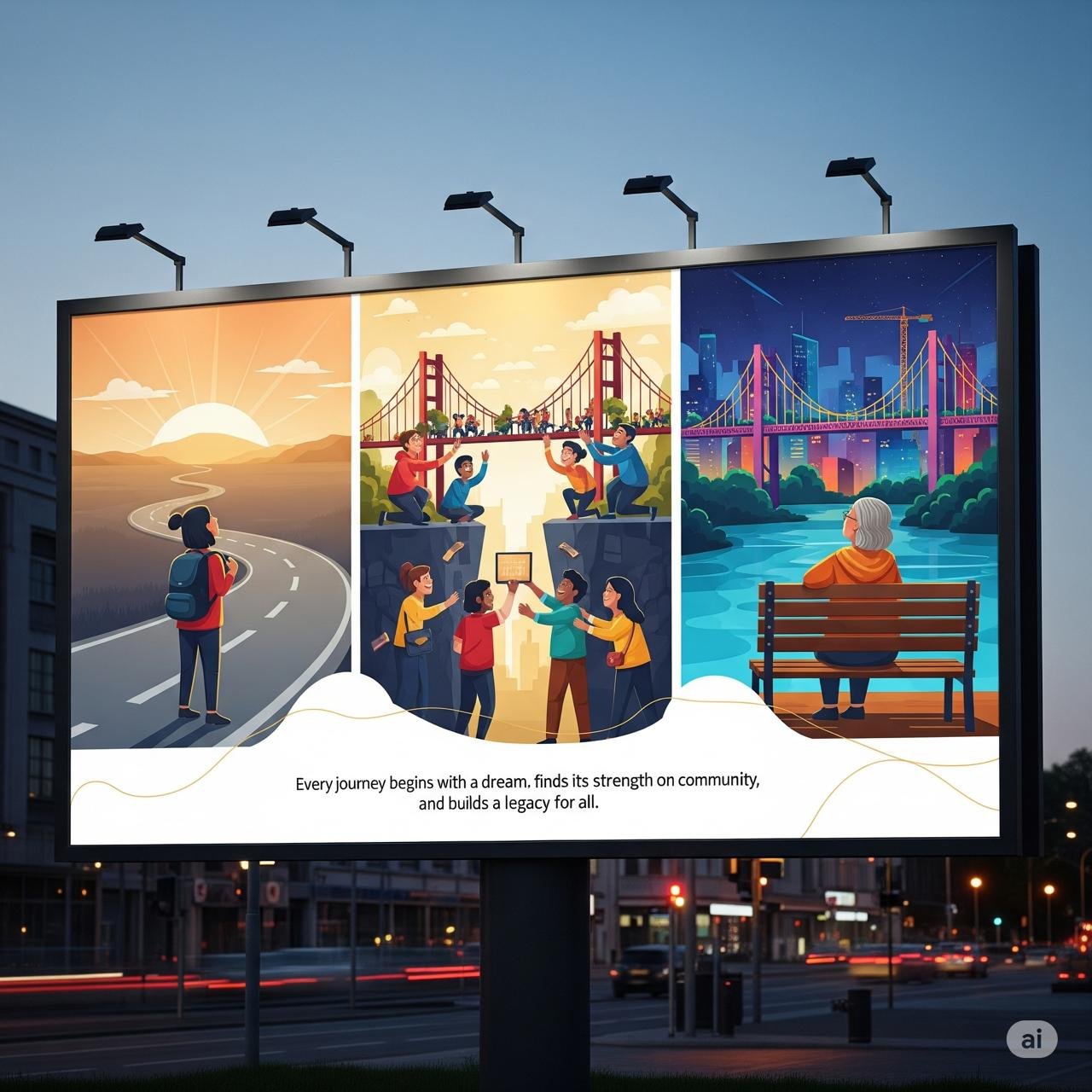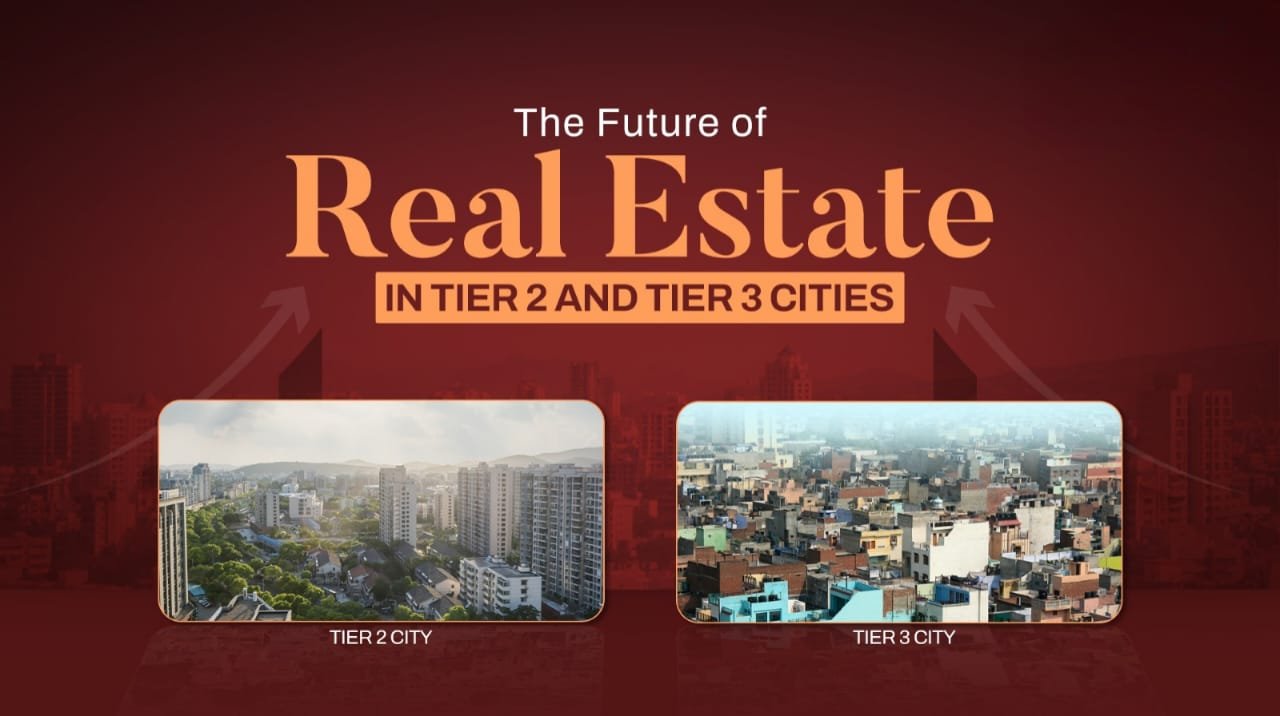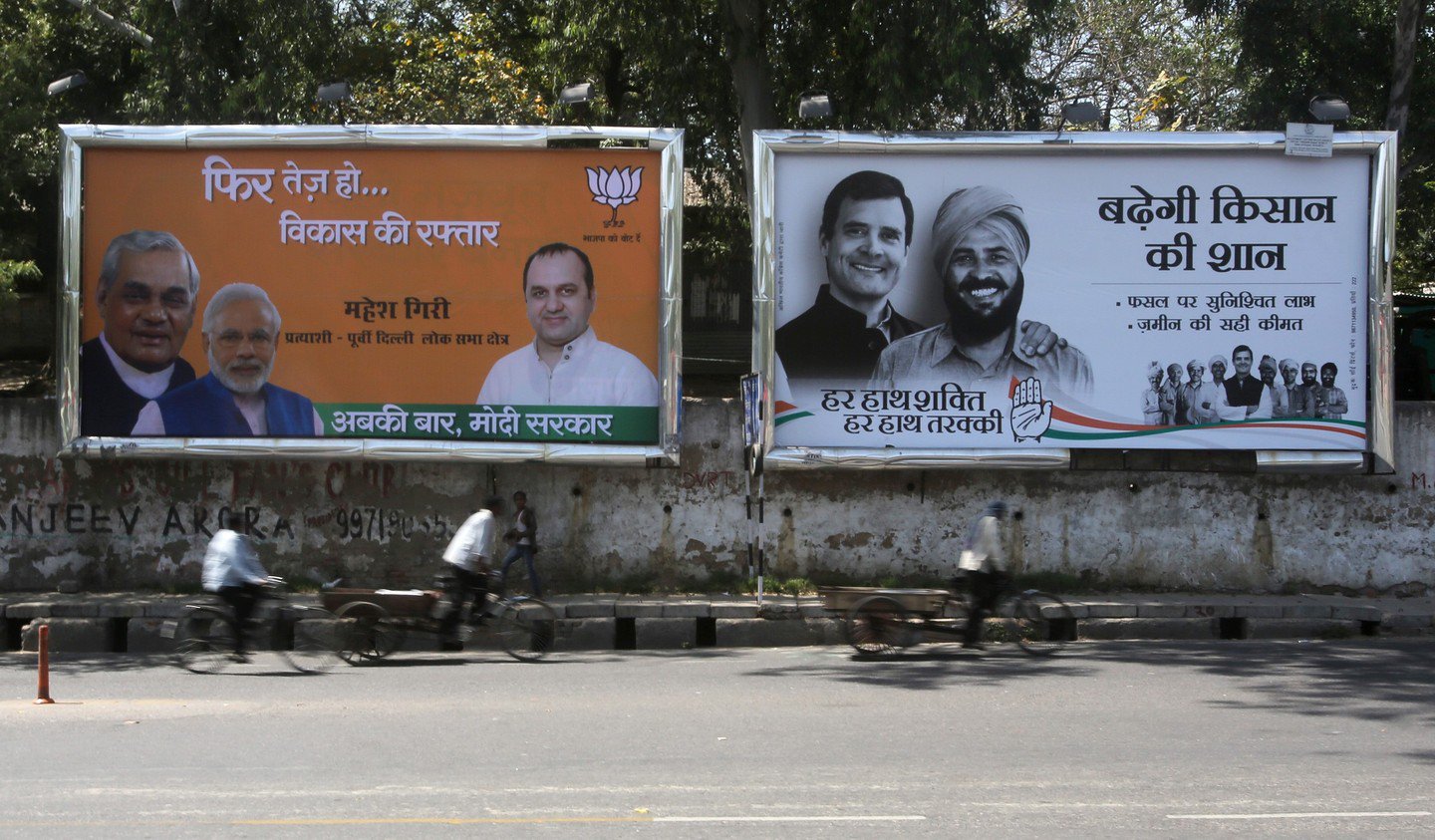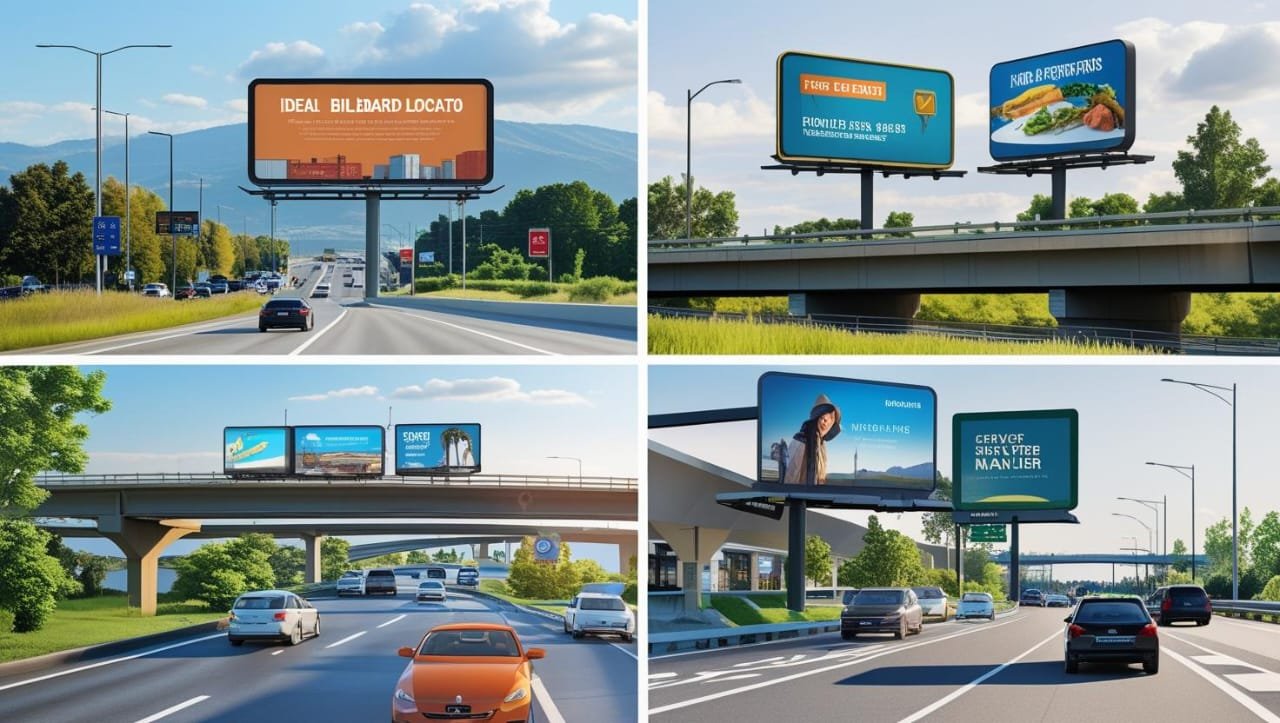A billboard isn’t just a piece of flex on a metal frame. Done right, it’s a story in the middle of the chaos. Drivers are stuck in traffic, pedestrians are rushing to cross the road, bus passengers are staring out the window—and right there, for a fleeting moment, your brand gets a chance to talk to them. Not in a boring way. Not in a shouting, “SALE! SALE! SALE!” way. But in a way that feels like a story they can’t forget.
So, how do you create billboards that don’t just scream but actually speak? Let’s go step by step.
1. Start With a Human Moment
Great billboard storytelling doesn’t begin with the product. It begins with people.
Think about the daily scenes around the billboard’s location. A long traffic jam? A crowded metro exit? A highway where drivers are half-asleep on a long journey?
If you can connect your message to those real human moments, you’re already halfway there. For example, Fevicol once had a hoarding showing a bus overcrowded with passengers hanging on everywhere—with the line “Fevicol ka jod hai, tootega nahin.” That wasn’t just advertising glue. That was telling a story everyone in India understood instantly.
2. Keep It Short, But Make It Punch
Storytelling on a billboard isn’t like a novel. You don’t get paragraphs. You don’t even get sentences. At best, you get a handful of words and one picture.
The trick is to suggest a whole story in that tiny space. Think of it as a “snapshot” of a bigger tale.
Example: McDonald’s once put up a hoarding that simply showed their iconic fries arranged to look like rays of sunshine. No words. Just that. The story was clear: McDonald’s fries = happiness, warmth, brightness. That’s storytelling without even writing a line.
3. Use Visuals That Do the Talking
In billboards, visuals are the story.
A clever photo, an unexpected perspective, or even a 3D cut-out can say what a hundred words cannot. For example, a Nike billboard in Manila once showed a real running track breaking out of the hoarding and spilling onto the street below. You didn’t just read “Just Do It.” You felt it.
When visuals are this strong, the copy becomes almost optional.
4. Surprise People
The streets are crowded with boring boards. If you want your story to stand out, surprise your audience. Humor works. Wit works. Even silence works sometimes.
Remember Amul’s iconic hoardings? They’ve been telling India’s social story for decades, using nothing more than a cartoon and a pun. People look forward to the next one. That’s the magic of surprise + consistency.
5. Design for Two Seconds
This is the golden rule of billboard storytelling: people should get it in two seconds or less.
If your board makes someone squint, read long text, or wonder “what does this even mean?”—you’ve lost them.
A strong headline + one bold image = the cleanest way to tell a story at 60 km/h.
6. Tie It Back to the Brand
Here’s where many storytelling billboards fail: they tell a great story, but forget the brand.
Yes, people laughed. Yes, they remembered the clever line. But if they don’t recall whose story it was, then it’s wasted money.
That’s why the best billboards weave the product into the story. Like the KitKat hoarding that showed a bench designed as a half-open chocolate bar, with the line “Have a break.” The story wasn’t just about relaxing. It was KitKat telling you they own that story.
7. Think Beyond Flat Flex
Billboards don’t have to be flat. Storytelling becomes even stronger when the medium itself becomes part of the idea.
Some brands extend props out of the hoarding (a giant coffee cup steaming in the cold air, for example). Some play with night lighting. Some use multiple hoardings in a row to tell a “mini-sequence” like comic panels.
These executions are tougher, but they leave a stronger memory because they feel alive, not static.
8. Test It With Real People
Here’s a behind-the-scenes truth: a lot of billboards fail because they were only ever reviewed in conference rooms. On laptops. Zoomed in.
But a billboard doesn’t live in a boardroom—it lives on a chaotic street. The smartest agencies actually test their designs by putting them into real-world mock-ups. Sometimes, they’ll even show the draft to a taxi driver or a delivery boy and ask, “Samajh aaya?”
If a common commuter gets it in a second, you know it works.
Closing Thought
Storytelling billboards work not because they shout louder, but because they connect faster. They don’t just say, “Buy this.” They say, “Here’s a story you already know, here’s a smile you needed, here’s a truth you can’t ignore.”
And when a hoarding manages to do that, people don’t just glance at it—they carry it with them. They talk about it at dinner. They snap a photo and post it online. They remember.
That’s when you know your billboard isn’t just an ad—it’s a story living in the city.



